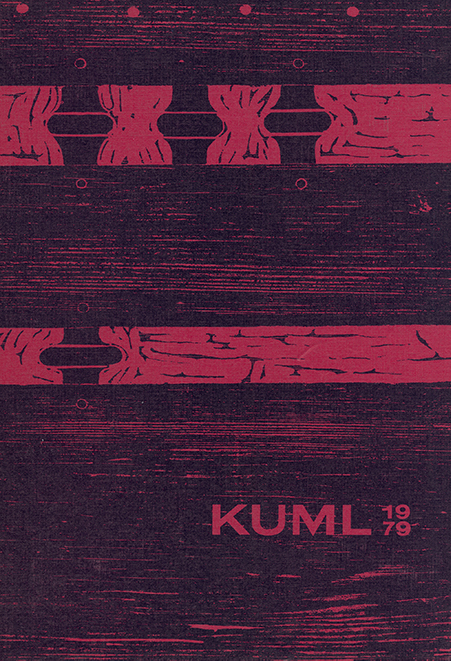Dating of the pottery from the cellars at Overbygård
DOI:
https://doi.org/10.7146/kuml.v28i28.106961Keywords:
pottery, dating, cellar, overbygårdAbstract
Dating of the pottery from the cellar at Overbygård
The rich finds of pottery from the burned cellar at Overbygård introduce significant new factors into the discussion on the dating of pottery to the late Pre-Roman Iron Age - period IIIb. Until now it has not been possible to make a general distinction between pottery from period IIIb and pottery from the first half of the early Roman Iron Age. This uncertainty is reflected in the lack of Danish settlement finds which have with certainty been assigned to period IIIb. The find from Overbygård is the first in which such a dating is possible.
The single-handled vessels with faceted shoulders (fig. 1) found at Overbygård correspond most closely to the finds of period IIIa from Kraghede and have never been found in a decidedly early Roman Iron Age context. As the presence in the cellar of vessels with thickened narrowly faceted rims clearly dates the find as later than period IIIa, there are all indications that the material from the cellar must be dated to the much-debated period IIIb.
New examinations of grave finds from Vendsyssel carried out by the author support this dating, as it appears that the straight-walled cups from Overbygård (fig. 3 a-c) belong to a typical vessel shape familiar from the equipment in the fibula-dated cremation graves from Vendsyssel's period IIIb (fig. 4 a-c). Yet another argument for this dating refers to the combination diagram (fig. 2) based upon a survey of all known equipment from graves containing four or more clay vessels which can be reconstructed from two large cemeteries in Vendsyssel. The classification of the grave finds has been based exclusively on the occurrence of vessel types 1-12, while other elements from the various finds, which are seen in the right half of the diagram, have only been included as independent control data. The striking grouping of the finds according to the equipment from respectively cremation and inhumation graves is interpreted as chronologically determined, with the cremation graves as the older group belonging to period IIIb and the inhumation graves belonging to the early Roman Iron Age. As the cups from Overbygård are of vessel type 2, which clearly culminates in the Pre-Roman Iron Age cremation graves, a dating of the Overbygård cellar to period IIIb is the logical interpretation.
Jens-Henrik Bech
Published
How to Cite
Issue
Section
License
Fra og med årgang 2022 er artikler udgivet i Kuml med en licens fra Creative Commons (CC BY-NC-SA 4.0).
Alle tidligere årgange af tidsskriftet er ikke udgivet med en licens fra Creative Commons.


